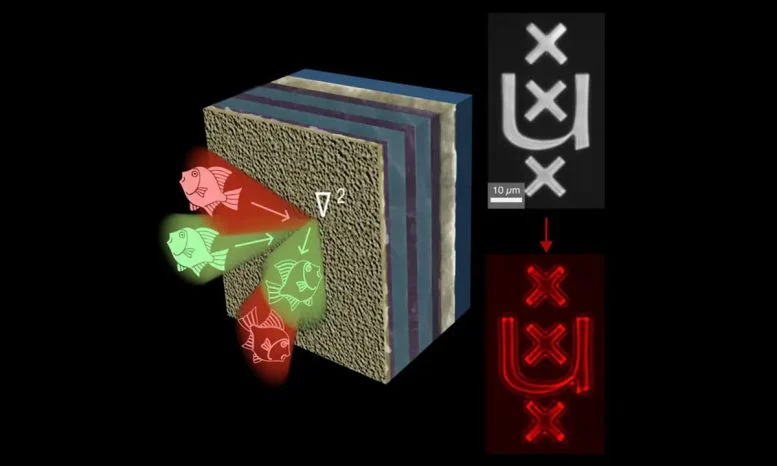Ancient lead pollution in the Aegean Sea may have started 5,200 years ago — 1,200 years earlier than previously thought.
Researchers analyzed sediment cores from land and sea, linking lead levels to historical human activity. The study reveals that lead contamination surged around 2,150 years ago, coinciding with the Roman Empire’s expansion into Greece. As mining for precious metals intensified, lead seeped into the environment, marking the first known instance of marine lead pollution.
Ancient Lead Pollution: A New Timeline
Lead pollution in the Aegean Sea may have started around 5,200 years ago, according to a study published today (January 30) in Communications Earth & Environment. This discovery suggests that human-caused lead contamination began 1,200 years earlier than previously believed. The study also found that lead pollution increased significantly about 2,150 years ago, coinciding with the expansion of the Roman Empire in the region.
To investigate this, Andreas Koutsodendris and his team analyzed lead levels in marine sediment cores from across the Aegean Sea, as well as a sediment core from the Tenaghi Philippon peatland in northeastern Greece. They also examined pollen and spores in several samples, integrating this data with existing records to understand how social and cultural changes affected the region’s ecosystems over time.
A Shocking Discovery: The Earliest Lead Pollution Signal
The findings include the earliest recorded signal of probable human-caused lead pollution, occurring around 5,200 years ago in the Tenaghi Philippon core. This is approximately 1,200 years earlier than the previous earliest suspected lead pollution, recorded in cores from peatlands in the Balkan Peninsula.
The authors also suggest that a change in the vegetation record and an increase in the lead pollution signal around 2,150 years ago are likely linked to the expansion of the Roman Empire into Ancient Greece at that time. This period was marked by a significant increase in the mining of gold, silver, and other metals for use in currency and other items. The increase in the lead pollution signal includes the first presence of lead in marine sediment cores, which the authors suggest is the earliest recorded probable lead pollution in a marine environment.
Ancient Greece, Ancient Rome, Aegean Sea, environmental pollution, lead contamination, toxic footprint, archaeological evidence, climate history, historical pollution, marine sediments, metallurgy, ancient industry.
#ScienceFather#InventionsAwards#AncientGreece #AncientRome #AegeanSea #EnvironmentalHistory #ToxicFootprint #LeadPollution #Archaeology #HistoricalPollution #ClimateChange #MarineSediments #Metallurgy
Event Title : International Invention Awards
Event Website : Visit: inventionawards.org
Award Nomination Link - https://inventionawards.org/award-nomination/?ecategory=Awards&rcategory=Awardee
Award Registration Link - https://inventionawards.org/award-registration/
Member Nomination Link - https://inventionawards.org/member-submission/?ecategory=Membership&rcategory=Member
Member Registration Link - https://inventionawards.org/member-registration/
Award Winners Link - https://inventionawards.org/award-winners/
For Enquiries: contact@inventionawards.org
Get Connected Here
---------------------------------
---------------------------------
Social Media Links:
YouTube link : youtube.com/channel/UCEiGMaNVAzN2gdfeRad-NjA
Twitter link : x.com/Scitentist55046
Pinterest link : pinterest.com/scitentist/








